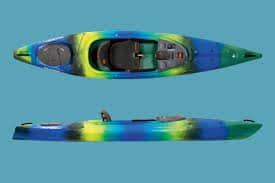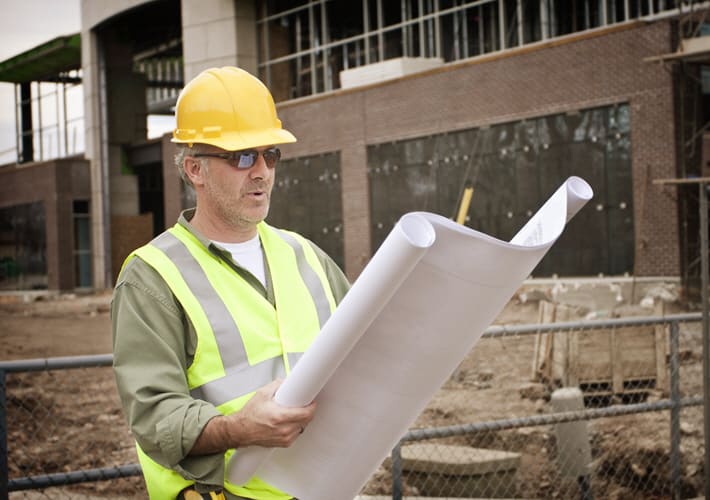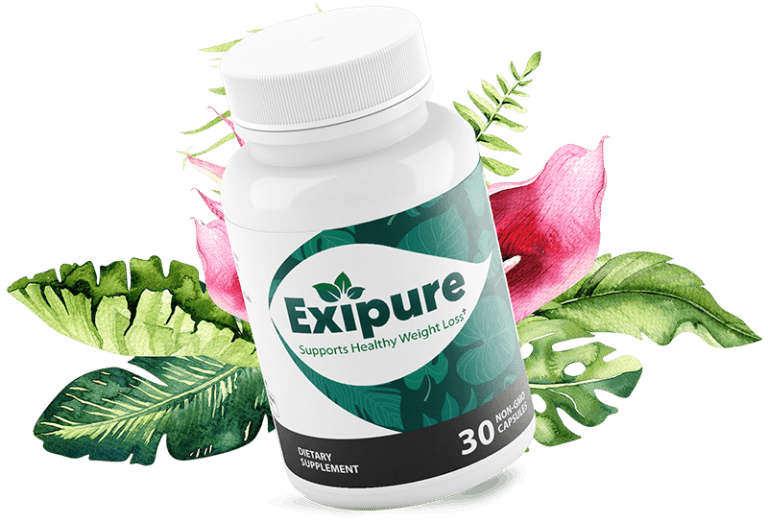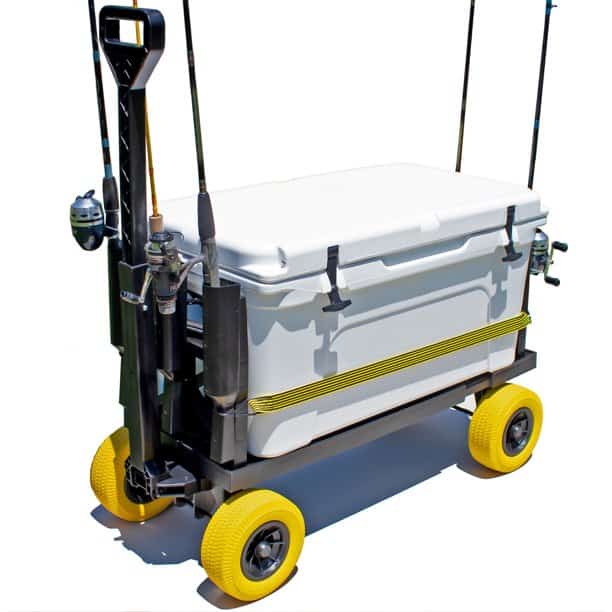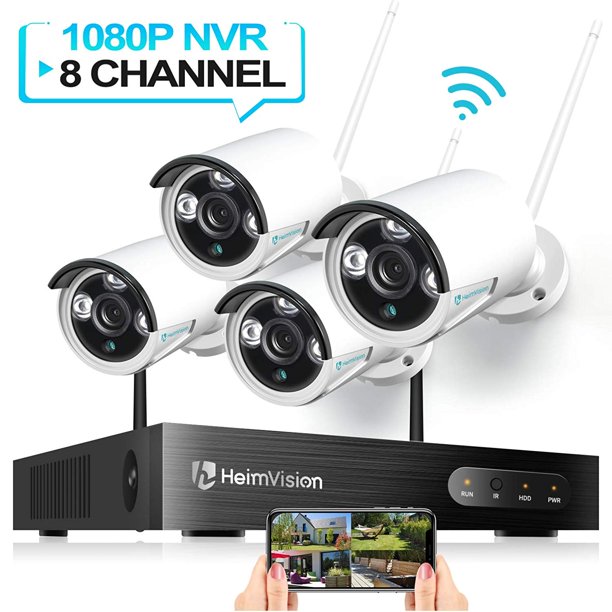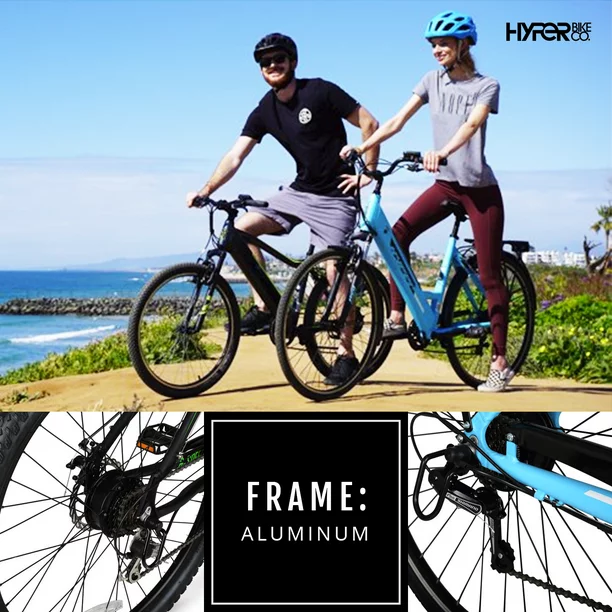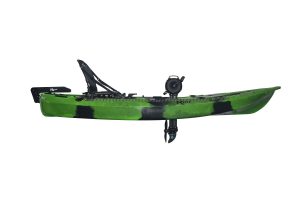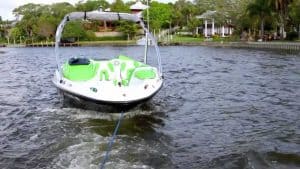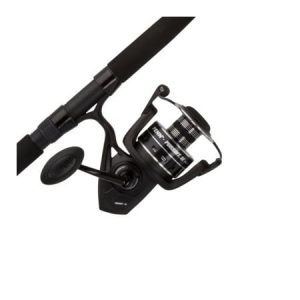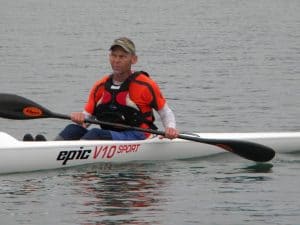Here’s a breakdown of the pros and cons of sit-in vs. sit-on-top kayaks to help you decide which is better for you:
Sit-in Kayaks
Pros:
- Performance: They are generally faster and easier to maneuver through the water due to their lower profile and narrower design.
- Protection: They provide more protection from the elements, keeping you drier and warmer in cold or wet weather conditions.
- Storage: They typically have compartments with bulkheads to store gear inside the hull, keeping it dry.
Cons:
- Exit: Exiting a sit-in kayak can be difficult, especially if it capsizes. You may need to practice wet exits to ensure you can get out safely.
- Re-entry: Re-entering a sit-in kayak from the water can be challenging, particularly in rough conditions.
- Limited legroom: They can feel confining for some paddlers, especially for long trips.
Sit-on-Top Kayaks
Pros:
- Stability: They offer superior stability due to their wider design, making them ideal for beginners, fishing, or calm water paddling.
- Easy Entry/Exit: Getting in and out of a sit-on-top kayak is very easy, a major advantage if you plan on swimming or exploring the water around your kayak.
- Self-Bailing: They have scupper holes that allow water to drain out of the deck, keeping you from taking on too much water.
Cons:
- Performance: They are typically slower and less maneuverable than sit-in kayaks due to their higher profile and wider design.
- Exposure: They offer less protection from the elements, so you’re more likely to get wet while paddling.
- Storage: Storage space is usually limited to compartments on the deck, and gear might not be protected from water spray.
Choosing the Right Kayak:
The best kayak for you depends on your priorities and paddling style. Here are some factors to consider:
- Experience Level: Sit-on-tops are generally better for beginners due to their stability and ease of use.
- Activities: Sit-on-tops are ideal for fishing, swimming, or casual paddling on calm water. Sit-in kayaks are better for longer distances, exercise, or rougher water conditions.
- Climate: Consider how much protection from the elements you need. If you’ll be paddling in cold or wet weather, a sit-in kayak might be preferable.
